It seems Edward Norton has a penchant for playing locked up criminals. He’s made a career of it, from his first role, which also got in an Oscar nod, in Primal Fear, to American History X. Well, he’s back at it again, in Stone, a film by John Curran. Norton and Curran have worked together before in The Painted Veil, and the chemistry is evident, even if it’s futile.
The film revolves around a parole officer named Jack, played by Robert De Niro, and Norton’s character Stone, who’s been convicted of arson and accessory to murder. A great amount of time is spent examining their relationship, with Jack on the right side of the desk, and Stone, who’s vying for early parole. There are some great scenes here, where the two play mind games with each other, and motives are examined and carefully evaluated. You couldn’t ask for two better actors to carry this relationship out either.
This is a much welcomed break in a string of films that feels, even if unjustly so, like lowest common denominator filmmaking for De Niro. Mr. Norton is also wandering dangerously in the same mundane territory. While Stone‘s two main actors do a commendable job, the story the film tells takes an additional dimension when Jack’s wife Madylyn, an always marvelous Francis Conroy (you may remember her as the matriarch of the HBO series Six Feet Under), and Stone’s wife Lucetta (Milla Jovovich) enter the picture. The professional (if arson can be considered a profession) lives portrayed by these two men, gives way to a window into their personal lives, giving them an interesting depth.

While the story is a bit familiar, no one can say we haven’t seen the same set up before, it immediately becomes apparent that both Curran, and writer Angus MacLachlan (his talent was proven in 2005’s Junebug) are more interested in playing with movie conventions, rather than giving into them. Each character begins down a path that you certainly wouldn’t predict. Most interesting is Stone, who may be experiencing some sort of mental or nervous breakdown, while coincidentally dedicating himself to an unnamed, but bizarre religion. More subtly, Madylyn is experiencing an awakening of her own, one that you’ll want to keep an eye on, I won’t give away any spoilers. Lucetta follows a disappointingly orthodox path of a spiraling psychosexual freak out.
Attention must be directed to an outstanding score, as Manohla Dargis put it, “spooky sound work (percussive thumping, droning near-silence) and wrapped in razor wire”. While neither Johnny Greenwood of Radiohead nor Jon Brion (Synedoche, New York, Magnolia) were credited, Curran told Record Online how both Greenwood and Brion sent him hundreds of clips of music examples, several of which were integrated into the film’s sound. It’s haunting music that will, without effort, stick with you.
While I welcome filmmakers that play with my expectations, when they do, I expect to receive returns on my investments. This is where Curran and MacLachlan fall flat. While the conclusion of the film is mildly unpredictable, it’s not that interesting. It doesn’t make me ask any questions, it doesn’t even invite post-screening discussion. In this aspect, Stone is a disappointment.
The film does benefit from some beautiful cinematography to go along with the poignant score. Both of these features tremendously benefit from the high-definition provided by the Blu-Ray format. In Stone, there are some very stylized scenes that come across beautifully with great clarity.
When it comes to bonus materials, the extra features are unfortunately scant. In addition to several trailers for upcoming films, the only additional feature is a making of, which offers bits of interviews with the four central actors. This feature is only a few minutes long, and adds little real insight to the actual making of process. Those who are genuinely interested would be better served to search the web for additional information.
Stone, at the very least, is an interesting attempt. Curran’s direction is solid in places, and no one can deny the filmmakers know how to set a mood. It’s worth a watch just to hear the sound work. It’s a shame about the lack of bonus features, perhaps if the filmmakers could have explained why they made the choices they made, the film would be more accessible. While it all ultimately comes to an unpleasantly mediocre ending, it’s easy to appreciate these actors in a more challenging atmosphere.






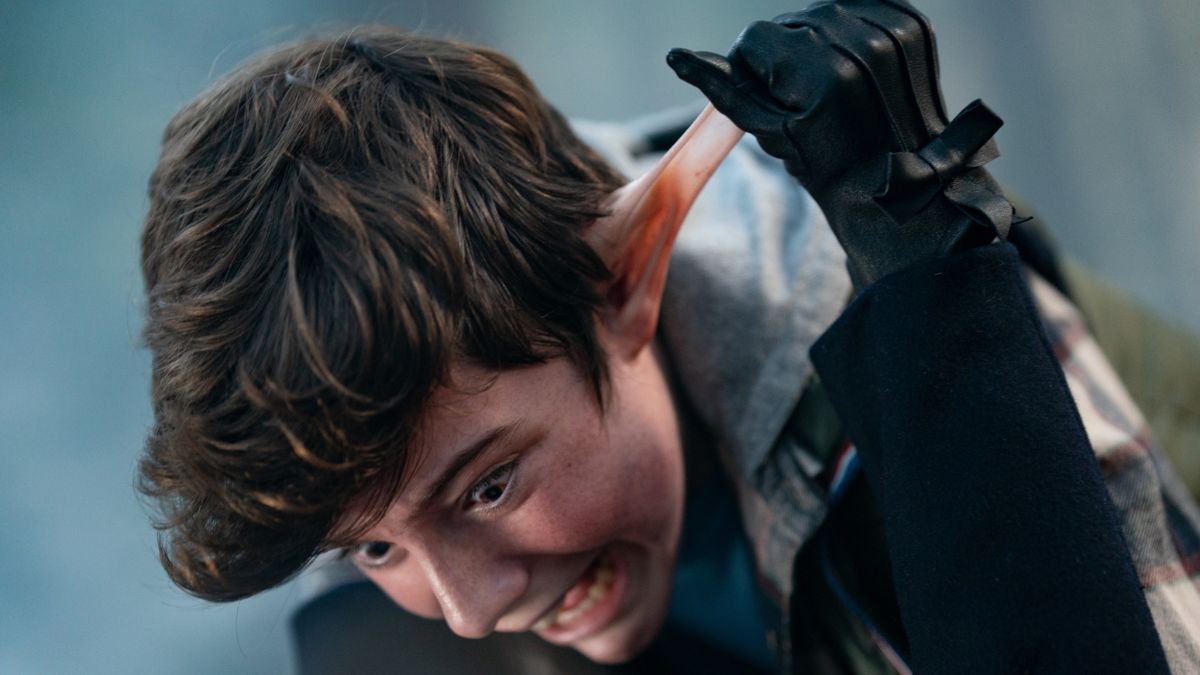
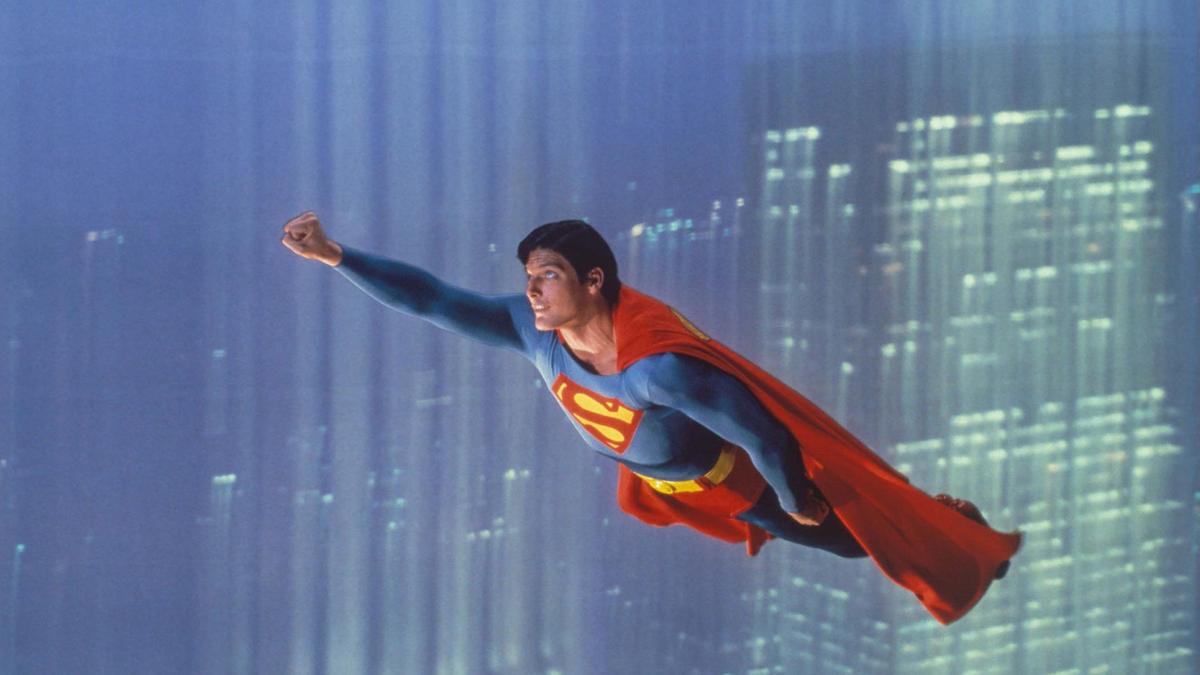
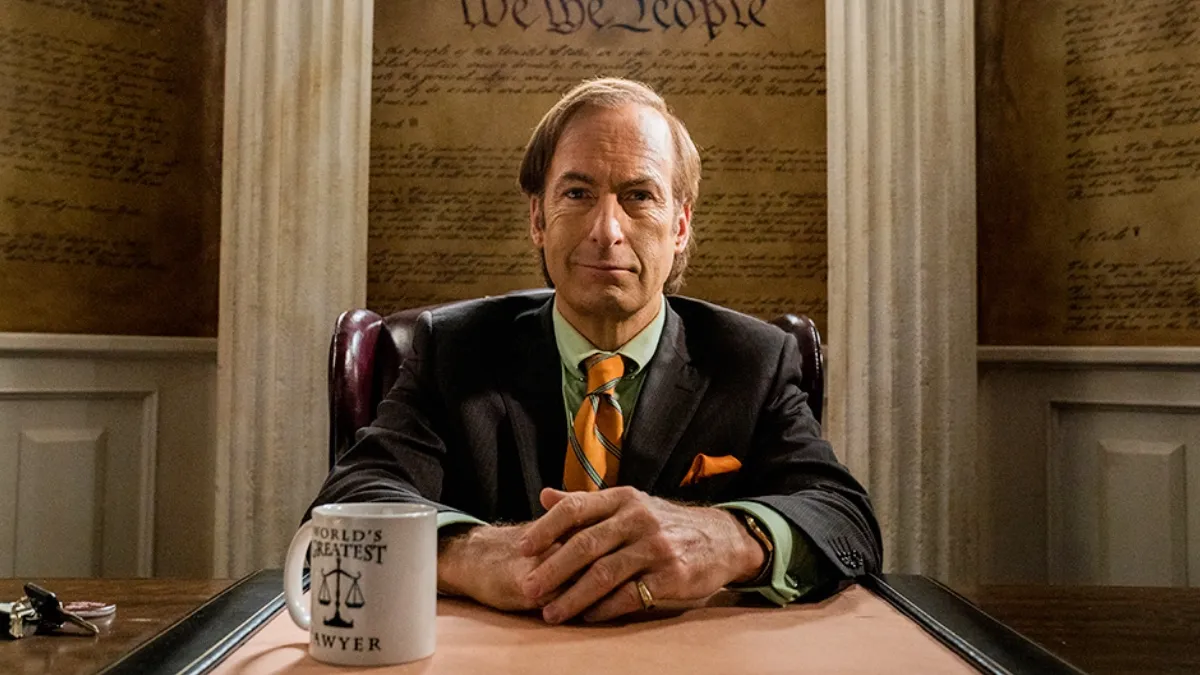
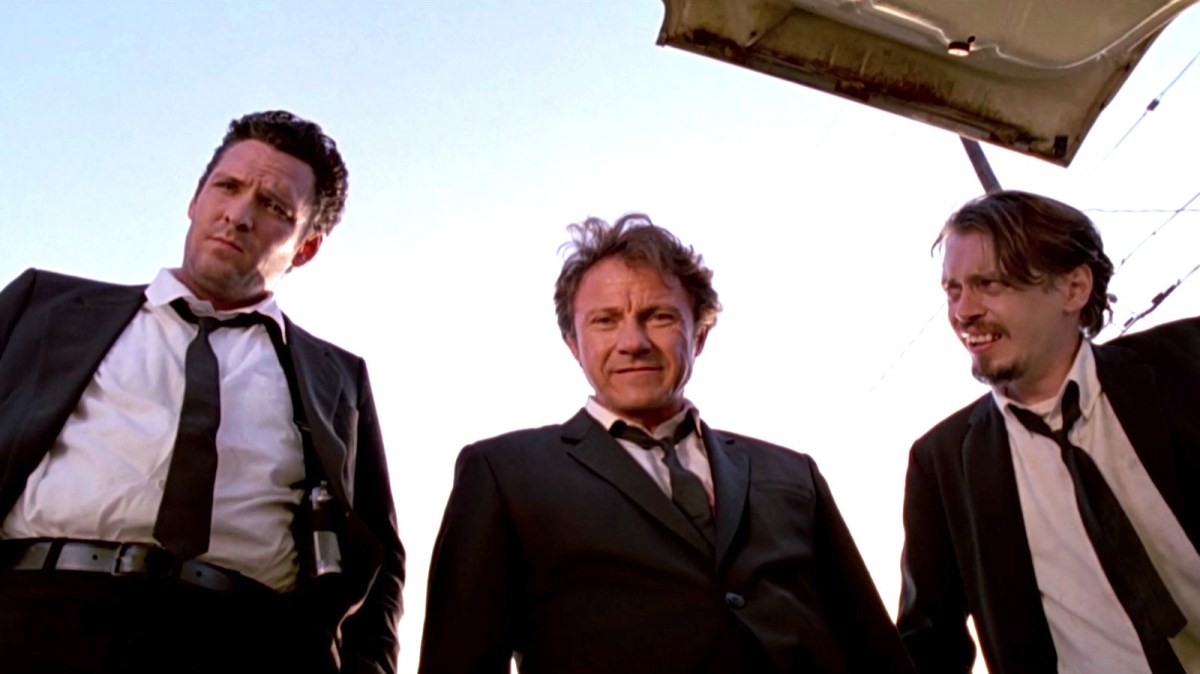
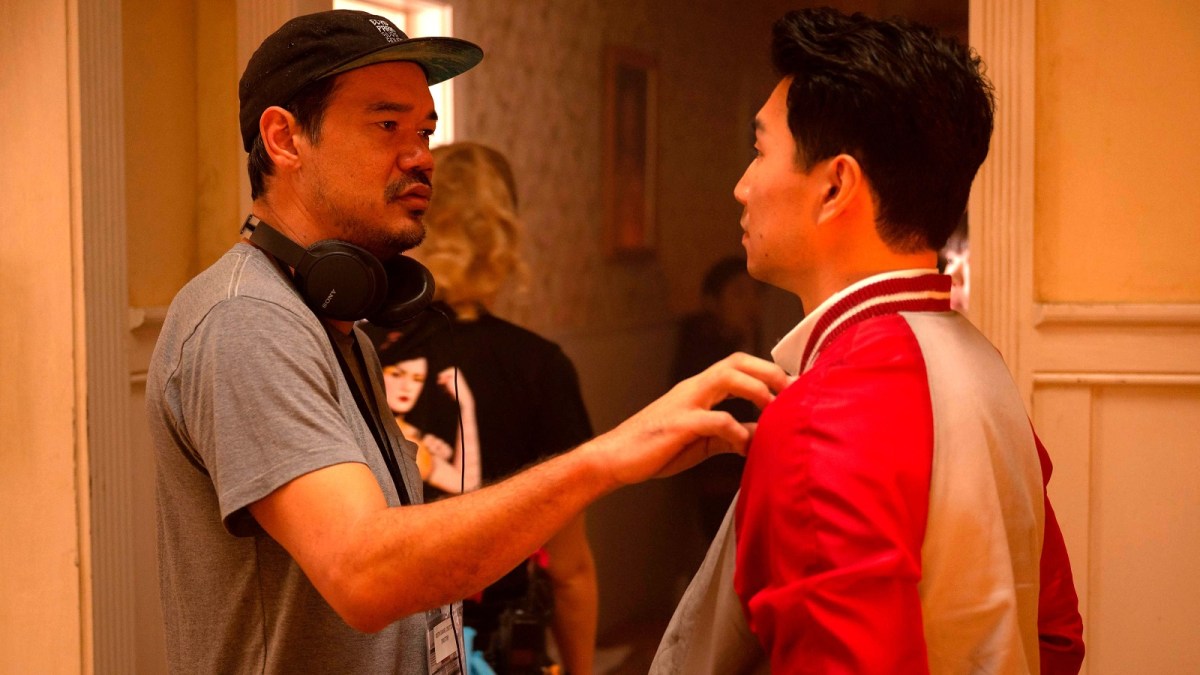
Published: Jan 9, 2011 07:42 pm